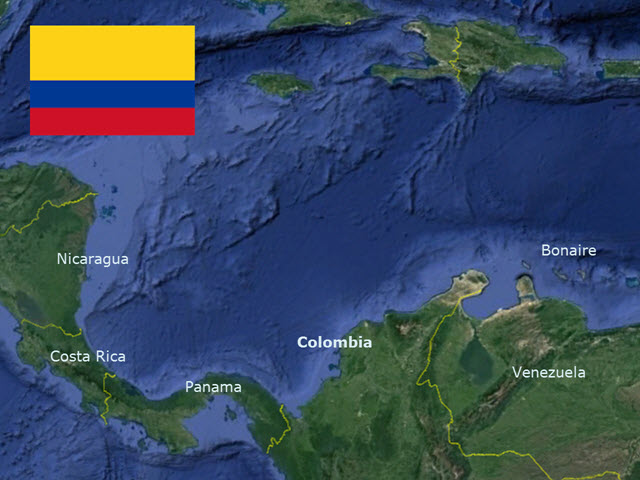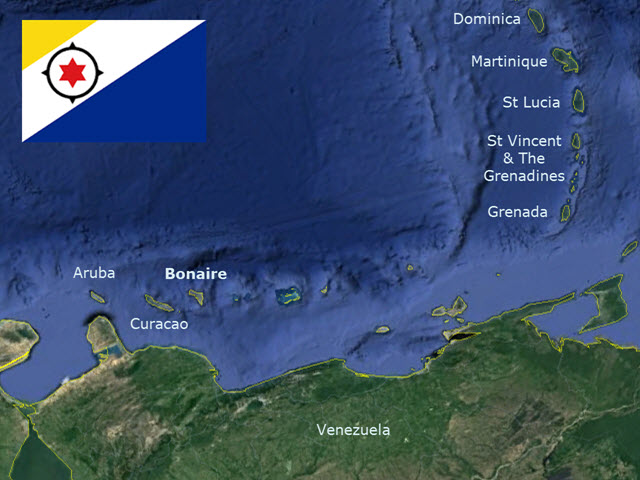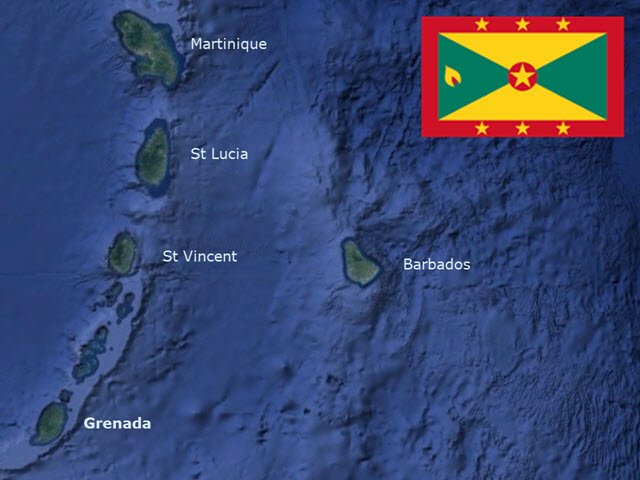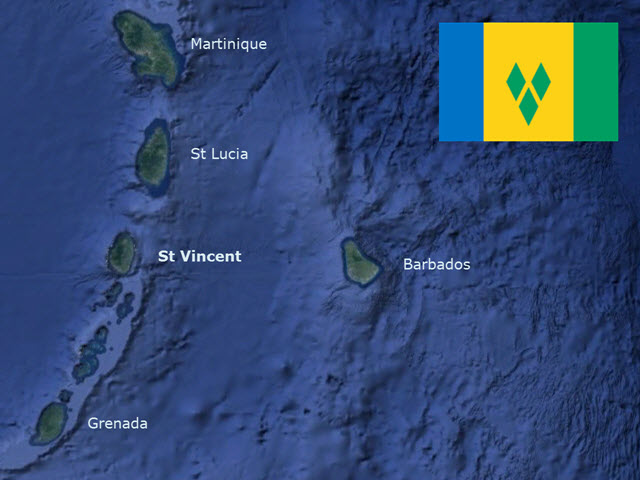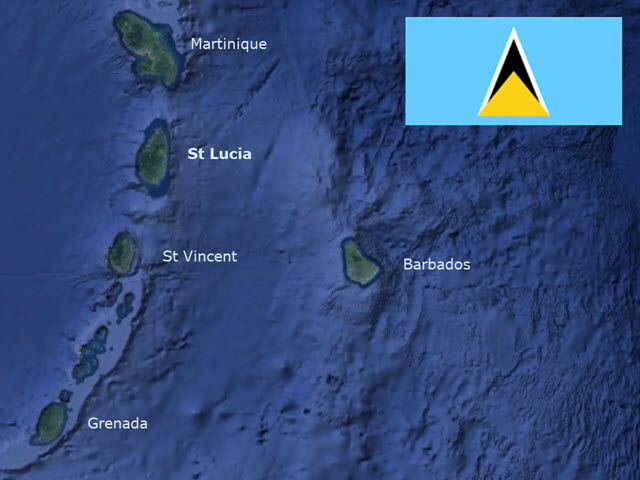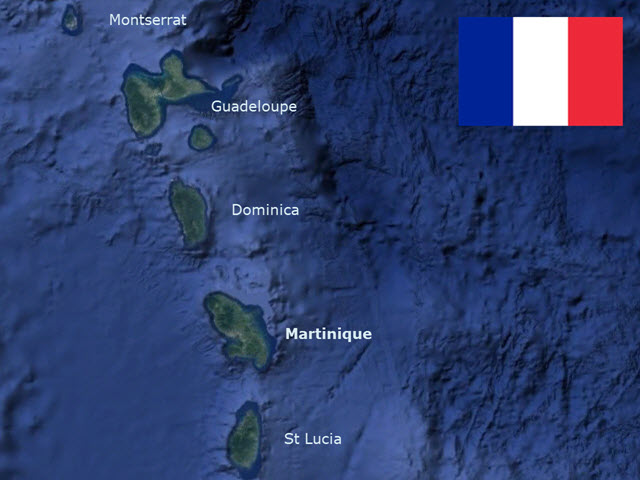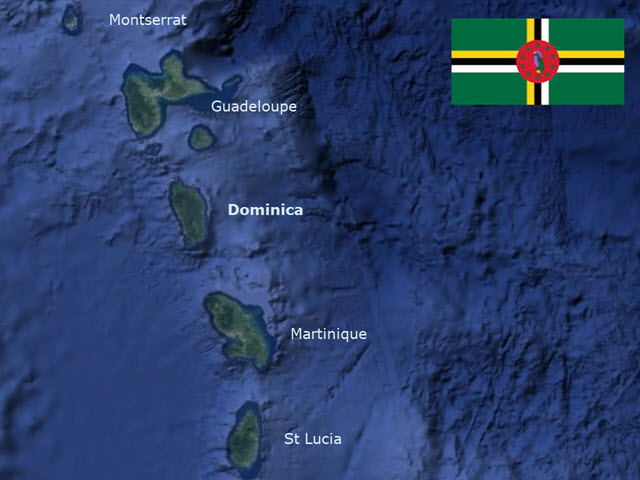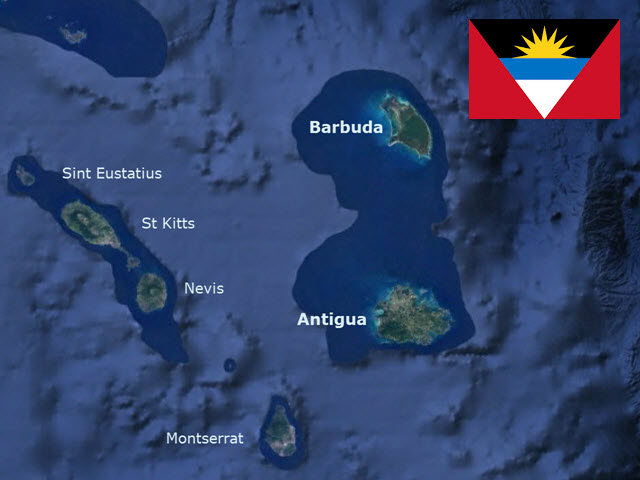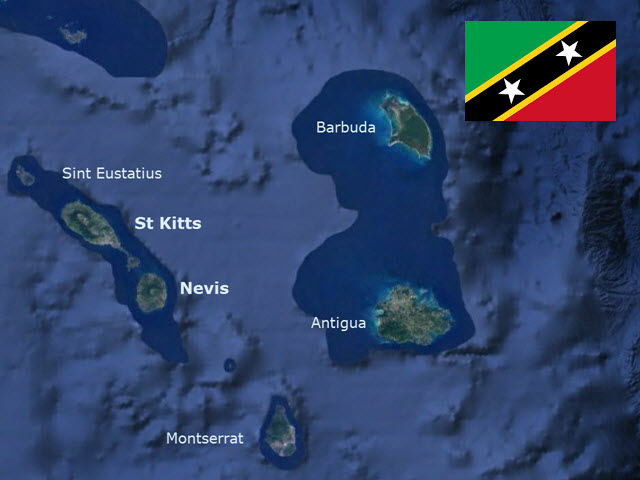Capital: Bogotá
People/Customs: The population is mostly made up of ancestors of Spanish settlers, but there are also many descendants of the indigenous tribes of Colombia, some of which still inhabit their native lands. According to the most recent census, there are 48,786,100 people in Colombia. Most of the people in Colombia are Catholic.
Language: The official language is Spanish. Native languages are spoken by various tribes. Some people speak English.
Climate: There are several climate zones in Colombia, including Polar in the Nevada Ruiz, Alpine Tundra in the Sumapaz Paramo, Oceanic in Tota Lake Region, Mediterranean in Boyacá Department, Cold Desert near Villa de Leyva, Tropical Rainforest in the Amazon, Tropical Savannah in Los Llanos, Hot Desert in the Guajira Peninsula, and Tropical Wet and Dry in the St. Andrés and Providencia islands.
Food/Farming: Coffee plantations are numerous in Colombia, and some of the regions produce fruits and vegetables (Bananas, Mangoes, Pineapples, Cucumbers, Melons, etc.). Fish and seafood are plentiful along the coasts. Beef, pork, and poultry, and eggs are produced. A popular kind of food is Arepas, a thick corn tortilla, often with cheese or butter, and served with meat, ceviche, or vegetables.
Government: Colombia is a republic with a representative form of government not unlike the United States, with a constitution (1991) and three branches: legislative, judicial, and executive. It has a president, congress, and supreme court. The people participate in government by voting. Each department (state) has a governor which the people elect.
Currency: Colombia uses Colombian Pesos; about 3,000CP are equivalent to one U.S. dollar.
Art/Music/Culture: The people of Colombia are known for their dancing, like Salsa and Merengue. Public holidays include Año Nuevo (New Year’s Day), Día de los Reyes Magos (Epiphany), Día de San José (St. Joseph’s Day), Jueves Santo (Maundy Thursday) and Viernes Santo (Good Friday), Primero de Mayo (Labor Day), Ascensión del Señor (Ascension of Jesus), Corpus Christi, Sagrado Corazon (Sacred Heart), San Pedro y San Pablo (St Peter and St Paul), Declaración de la Independencia de Colombia (Independence Day), Battle of Boyacá, La Asunción (The Assumption of Mary), Día de la Raza (Columbus Day), Dia de los Santos (All Saints Day), Independencia de Cartagena (Independence of Cartagena), La Inmaculada Concepción (Immaculate Conception), and Navidad (Christmas Day). Each holiday has its special traditions.
History
Before the Spanish settled Colombia in 1525, there were numerous native peoples who lived along the coasts, and in the mountains and jungles. Native tribes that made the most advanced goldwork and pottery were the Calima, Muisca, Nariño, Quimbaya, San Augustin, Sinu, Tayrona, Tierradentro, Tolima and Tumaco. There are over 80 indigenous tribes left in Colombia, each with its own language and government. Here are some of the groups still existing: the Arhuaco, who are descendants of the Tayrona culture and make mochilas, a kind of woven bag used to store coca leaves, but are now sold as handbags for everyday objects. The Awa live in the Tumbes-Choco-Magdalena region, one of the most bio-diverse areas in the world, and are livestock keepers and vegetable farmers. The Kogi people, also called “Kagaba” which means Jaguar in their language, worship “Aluna” (Mother Nature) and live in stone and thatch huts like the Tayrona. The Muisca occupied about 18,000 square miles in Eastern Colombia before Spanish Conquest and are now active defenders of the country’s national resources. The Nukak are a small tribe of hunter-gatherers who remained undiscovered until the 1980s and are often called “the uncontacted people;” they use blow guns and darts covered in poison made from plants. The Wayuu are the nation’s largest tribe, numbering 450,000, but only a small part of them live in Colombia, the rest reside in Venezuela.
Alonso de Odeja named Colombia after his companion, Columbus, although Columbus never actually landed there. The Spanish explorers were predictably excited by the amount of gold the natives possessed, and from their stories of great wealth further inland grew the legend of El Dorado, a city of gold. When they couldn’t find it, they began to colonize instead. Santa Marta was colonized in 1525, and when Cartagena was established in 1533, it became the center of trade in Colombia. It was also the exclusive slave-trading port. During the 16th and 17th centuries, the Spanish shipped in so many slaves for work on the Pacific coast (in mines and on plantations) that they numbered more than the remaining indigenous people.
Spaniards were dominant in the New World for the entire Colonial period, and in 1717, Bogotá became the capital of the Kingdom of New Grenada, which comprised what is now Colombia, Ecuador, Panama, and Venezuela. Colombian towns began to revolt against Spanish rule, and when Napoleon put is brother on the Spanish throne, the colonies would not recognize the new monarchy. Towns began to declare their independence, and a Venezuelan military leader, Simón Bolivar, won 6 consecutive battles against the Spanish, liberating whole regions. Spain eventually reconquered the areas it had lost, with full colonial rule reestablished in 1817. A charismatic leader, often called “the Liberator,” Simón Bolivar had retreated to Jamaica, but he again rallied troops to defeat the Spanish in battle after battle until the Battle of Boyacá, which was won by Bolivar in 1819 with the help of British reinforcements. Colombia was finally independent.
After independence, the leaders of the government created Gran Colombia, a state comprised of what is now Venezuela, Colombia, Panama, Ecuador, and part of Peru, Guyana, and Brazil. Simón Bolivar was elected president of Gran Colombia, and his second-in-command, Francisco de Paula Santander, was elected Vice President. However, while Bolivar was away fighting for the independence of Ecuador and Peru, Gran Colombia disintegrated. By 1830, the state had split into 3 countries, and Bolivar’s dream of a united South America was undermined during his lifetime. Rivalry had sprung up between conservatives and liberals, and in the 19th century, Colombia experienced no less than 8 civil wars. In 1899, the “War of One Thousand Days” was won by conservatives, leaving 100,000 people dead. In 1903, the United States of America took advantage of the internal division, and by sponsoring an independent republic, built the Panama Canal, which would eliminate the more costly and dangerous passage around Cape Horn. In 1921, Colombia recognized the sovereignty of Panama and ended the dispute with the United States. The conservative and liberal struggle recommenced in 1948 with the most destructive Colombian civil war, “La Violencia,” won by liberals and costing 300,000 lives.
While the FARC (Fuerzas Armadas Revolucionarias de Colombia) and ELN ( Ejército de Liberación Nacional) lost popular support as communism fell, they used illegal activities and cocaine trade to finance the war. As the world’s largest producer, Colombia controlled 80 to 90% of the cocaine trade. There were small mafias and cartels in the early ’70s that grew into large organizations in the 80’s which had their own plantations and transportation systems. In the boom years, the Medellín Cartel, led by Pablo Escobar, became the principle mafia, whose bosses established a new political party, newspapers , and public housing projects. By 1983, Escobar’s personal wealth was estimated to be around $2 billion, making him one of the richest criminals in the world. When the government gave a strong adverse response to cartel trade, the traders disappeared from the public sphere and proposed an uncharacteristic “peace treaty” to president Belisario Betancur, offering to pay off Colombia’s foreign debt. The government, suspecting something askew, refused, and conflict escalated between the government and the mafia. It took a 1500-man special unit 499 days to track down Escobar until they found and killed him in December 1993. The U.S. made trade agreements with the Andean Countries, and Colombia’s exports to the rose 50% between 2003 and 2007. Around 2009 the fighting started to abate, and today, despite the remaining problems with government corruption, Colombia is a more peaceful place, drawing visitors from around the world to enjoy its natural beauty and modern, urban areas.
Land forms/Flora and Fauna
There are two large mountain ranges in Colombia, the Sierra Nevada, and the Andes, the largest in South America. Colombia is the second most-Biodiverse country in the world, next to Brazil, a country approximately 7 times bigger (biodiversity is the ability for an area to sustain many different types of species). Colombia is home to about 10% of the species on earth. Animals you might find in Colombia include: Howler Monkeys, Toucans, Sloths, Parrots, Iguanas, Snakes, Poison Dart Frogs, Nine-banded Armadillos, many bat species, Tamarins, Jaguars, Agouti, Nutria, Capybaras and other Rodents Of Unusual Size. Because Columbia is so diverse, each habitat has different plants and animals. In desert regions, you might see cacti and succulents, while in the Amazon, you might see huge jungle trees draped in vines, and tropical plants at each layer of the canopy.
Things to do
Hike to the Ciudad Perdida (Lost City) in the Sierra Nevada, go to the beaches on the Caribbean coast, tour coffee or cacao plantations in the mountains, hike or camp in Tayrona National Park, see the Old Walled City of Cartagena, go on a tour of the Amazon rainforest or of the Guajira desert, enjoy theaters and museums in large cities like Medallin or Bogotá, or visit the islands of Providencia and San Andres.
Bibliography
“Colombia.” https://simple.wikipedia.org/wiki/Colombia, January 2017.
“Colombia History.” Lonely Planet Travel Information, http://www.lonelyplanet.com/colombia/history, January 2017.

